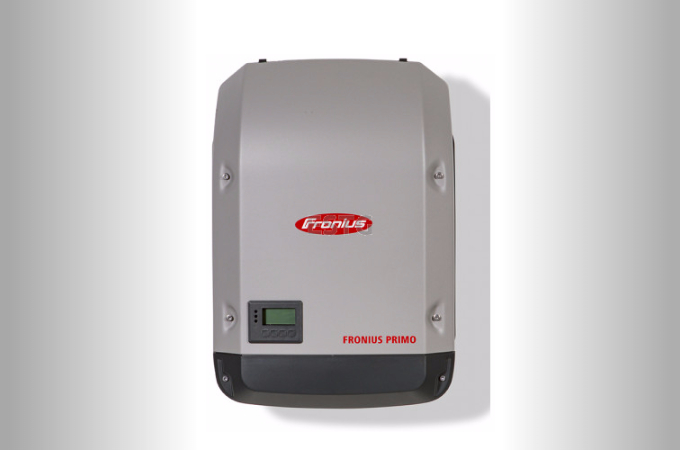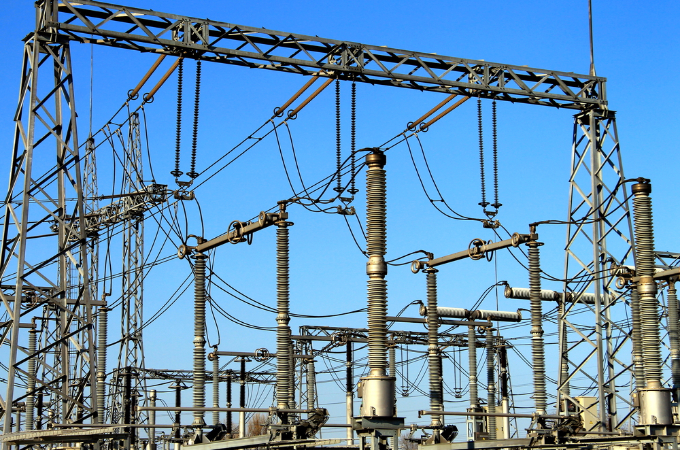
Solar Energy
The amount of sunlight, or irradiance, is measured in watts per square meter (W/M²) and ranges from zero when the sun is low or set and 1,300 on a clear day and the sun at it’s peak.Solar Energy

The typical solar photovoltaic (PV) system or solar array has three main components, the panels, the inverter, and the meter. Disconnect switches are also necessary so the system can be safely isolated for maintenance and other reasons.
Solar arrays are mounted on stable structures that are designed to withstand exposure and weather. The panels are then tilted to a carefully selected angle, based on the local latitude and position of the array. For arrays located in the Northern Hemisphere, the highest energy output can be achieved by pointing the panels due south and inclining them at an angle equal to the local latitude.
Solar arrays are mounted on stable structures that are designed to withstand exposure and weather. The panels are then tilted to a carefully selected angle, based on the local latitude and position of the array. For arrays located in the Northern Hemisphere, the highest energy output can be achieved by pointing the panels due south and inclining them at an angle equal to the local latitude.

Panels
Each panel is composed of 72 photovoltaic cells that are all connected and together produce a maximum of 315 watts of direct current (DC) electricity. When the light hits the cells, a portion of the radiant energy is converted to electric energy by a semiconductor and creates an electrical current.Panels


Inverters
Inverters convert direct current (DC) electricity into alternating current (AC) electricity. The inverter produced AC current is synchronized with the distribution grid so it can be used by homes and businesses. Learn more about our inverter here.Inverters


Meters
The meter measures the amount of energy either supplied by the solar array or being used by the array when there is no sunlight available. There are actually two meters on each of the Solar Education Center arrays. One measures for billing and the other monitors the health of the array and provides energy production data to this website.Meters

Energy Generation
All 7 Combined Sites
Instantaneous Power (kW)
40.49
Maximum Power (kW)
98.67

Grid
The solar energy produced at each site is metered and added to other electricity sources provided by Big Rivers, then travels to homes and businesses served by the local cooperative.Grid
The typical solar photovoltaic (PV) system or solar array has three main components, the panels, the inverter, and the meter. Disconnect switches are also necessary so the system can be safely isolated for maintenance and other reasons.
Solar arrays are mounted on stable structures that are designed to withstand exposure and weather. The panels are then tilted to a carefully selected angle, based on the local latitude and position of the array. For arrays located in the Northern Hemisphere, the highest energy output can be achieved by pointing the panels due south and inclining them at an angle equal to the local latitude.
Solar arrays are mounted on stable structures that are designed to withstand exposure and weather. The panels are then tilted to a carefully selected angle, based on the local latitude and position of the array. For arrays located in the Northern Hemisphere, the highest energy output can be achieved by pointing the panels due south and inclining them at an angle equal to the local latitude.

Solar Energy
The amount of sunlight, or irradiance, is measured in watts per square meter (W/M²) and ranges from zero when the sun is low or set and 1,300 on a clear day and the sun at it’s peak.Solar Energy


Panels
Each panel is composed of 72 photovoltaic cells that are all connected and together produce a maximum of 315 watts of direct current (DC) electricity. When the light hits the cells, a portion of the radiant energy is converted to electric energy by a semiconductor and creates an electrical current.Panels


Inverters
Inverters convert direct current (DC) electricity into alternating current (AC) electricity. The inverter produced AC current is synchronized with the distribution grid so it can be used by homes and businesses. Learn more about our inverter here.Inverters


Meters
The meter measures the amount of energy either supplied by the solar array or being used by the array when there is no sunlight available. There are actually two meters on each of the Solar Education Center arrays. One measures for billing and the other monitors the health of the array and provides energy production data to this website.Meters


Grid
If the solar energy produced by an array exceeds the need of the home or business, the difference will then flow to the grid. The solar energy produced at each site is metered and added to other electricity sources provided by Big Rivers, then travels to homes and businesses served by the local cooperative.Grid

Energy Generation
All 7 Combined Sites
Instantaneous Power (kW)
40.49
Maximum Power (kW)
98.67